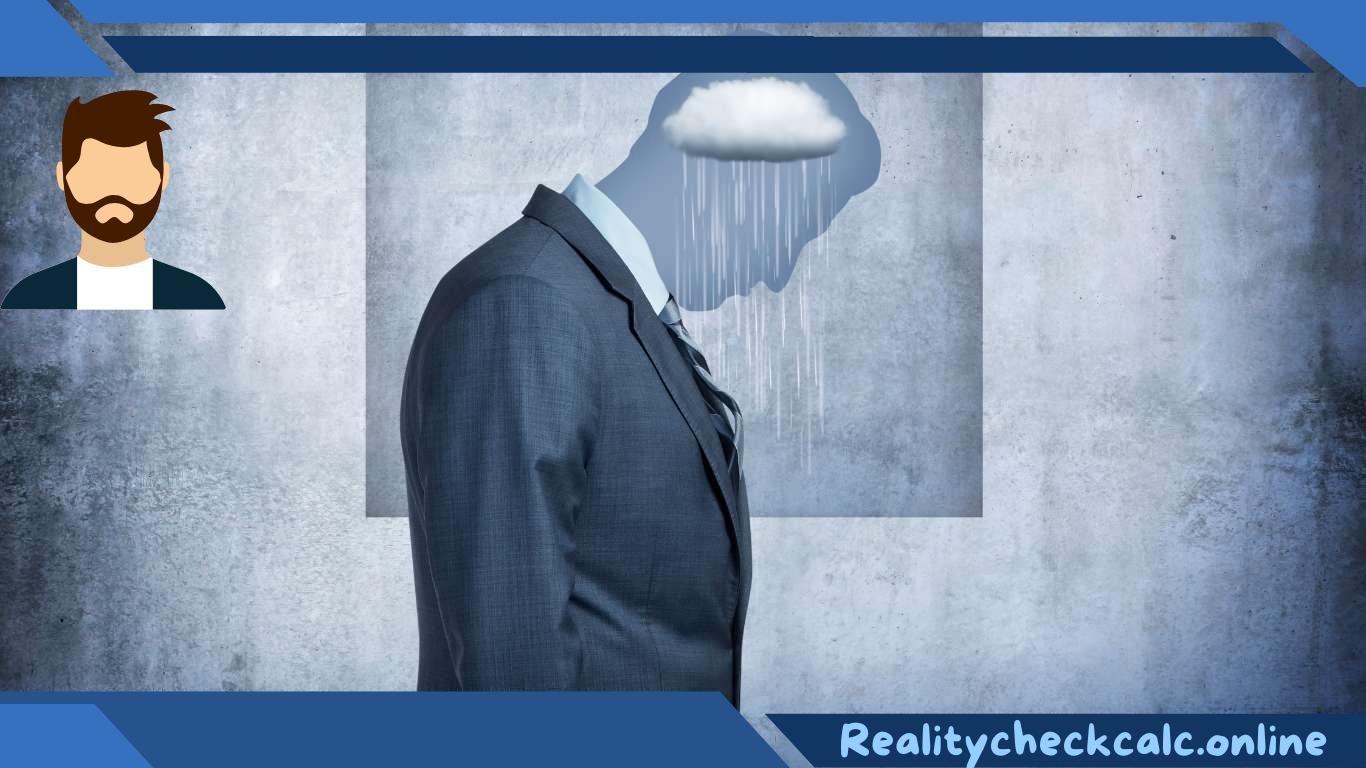Men’s Mental Health Stigma: Breaking Down Barriers

In today’s world, people are talking more about mental health. But, there is still a problem that is stopping progress: the stigma around men’s mental health. While progress has been made in recent years to reduce the stigma around mental health, many people still think that men should be strong and not show vulnerability. This mindset impacts how men ask for help and keeps harmful stereotypes going. In this article, we will talk about the stigma surrounding men’s mental health. We will discuss its effects and how we can eliminate it for a better society.
Understanding the Men’s Mental Health Stigma
From an early age, boys are often taught to suppress their emotions, to “man up,” and to not cry. Society teaches us to hide our emotions, as showing them is seen as a weakness. This creates a harmful environment where mental health issues are ignored. The stigma around men’s struggles stops them from getting help when they need it. This can cause problems like untreated depression, anxiety, and even suicide.
The Consequences of Stigma
The consequences of the men’s mental health stigma are profound and far-reaching. Research has shown that men are less likely to ask for help with their mental health compared to women. This can make their conditions worse. Men often feel isolated and unsupported because they are afraid of being judged and don’t want to open up to friends and family. The staggering rates of male suicides underscore the urgency of addressing this issue.
Breaking Down the Stigma
- To break down the stigma around men’s mental health, we should use a variety of methods. This includes getting individuals, communities, and society involved.
- Redefining Masculinity: Challenging traditional notions of masculinity is paramount. Encouraging guys to be open and show their feelings helps them feel better about themselves and build stronger relationships.
- Open Conversations: Fostering open conversations about mental health normalizes the topic. When famous people like actors and athletes talk about their problems, it shows that asking for help is a strong thing to do, not a weak thing.
- To help schools, we can create programs that teach emotional intelligence and mental health. These programs will give students the tools they need to fight against stigma.
- Access to Resources: Increasing accessibility to mental health resources, particularly for underserved communities, is crucial. Affordable and convenient options make seeking help more feasible.
Progress in Motion
Thankfully, there has been significant progress in challenging the men’s mental health stigma. Organizations, big and small, offer safe places for men to talk about their experiences. Online platforms, forums, and support groups provide anonymity. This makes it easier for men to seek help without being afraid of being judged.
Championing Change Together
To reduce the stigma surrounding men’s mental health, everyone’s efforts are crucial. Families, friends, communities, and society can change the story and make the world kinder. The following initiatives highlight the strides being taken to address this issue:
- There are grassroots initiatives around the world called Community Support Programs. They aim to create safe and non-judgmental spaces for men to talk about their mental health. Joining these groups can make you feel like you belong and have support, so you know you’re not alone in your challenges.
- Online Campaigns: Social media platforms are being used as catalysts for change. Campaigns with personal stories, motivating messages, and informative content are starting conversations and breaking barriers through each post.
- Counseling Services are improving to better support the mental health needs of men. We offer therapy, telehealth services, and counseling that consider men’s specific needs and concerns.
- Media Representation: The media is a powerful tool for shaping public perception. TV shows, movies, and ads that show men asking for help, showing vulnerability, and talking about mental health help change society in a good way.
- Recognizing Intersectionality: It’s important to understand that the stigma around men’s mental health affects everyone differently. Men from different backgrounds, races, sexual orientations, and socioeconomic statuses each have their own set of challenges. Addressing intersectionality ensures that efforts to combat stigma are inclusive and equitable.
- What is the Concept of Masculinity in Men?
Your Role in the Change
Creating change begins with each individual. Here’s how you can contribute:
- Listen Actively: Practice active listening when someone opens up about their mental health. Offer empathy and avoid judgment. Sometimes, all a person needs is a supportive listener.
- Learn about mental health signs and available resources to educate yourself. Being informed helps you provide valuable assistance to someone who might be struggling.
- Challenge Stereotypes: Speak up against harmful stereotypes and stigmatizing language. Engage in conversations that encourage openness and understanding.
- Lead by example. Talk about your challenges and ask for help when you need it. This sets a good example for others. This can inspire them to do the same.
- Be Patient: Breaking down stigma is a gradual process. Be patient with those who might not understand immediately. Your persistence can make a difference over time.
Final Thoughts:
The journey to fight the stigma of men’s mental health is a long process, not a quick task. It requires commitment, empathy, and a collective willingness to challenge the status quo. To make the world a more accepting place, we want men to feel okay asking for help and being true to themselves. We can rewrite the story and support everyone’s mental well-being by amplifying voices and sharing stories.




